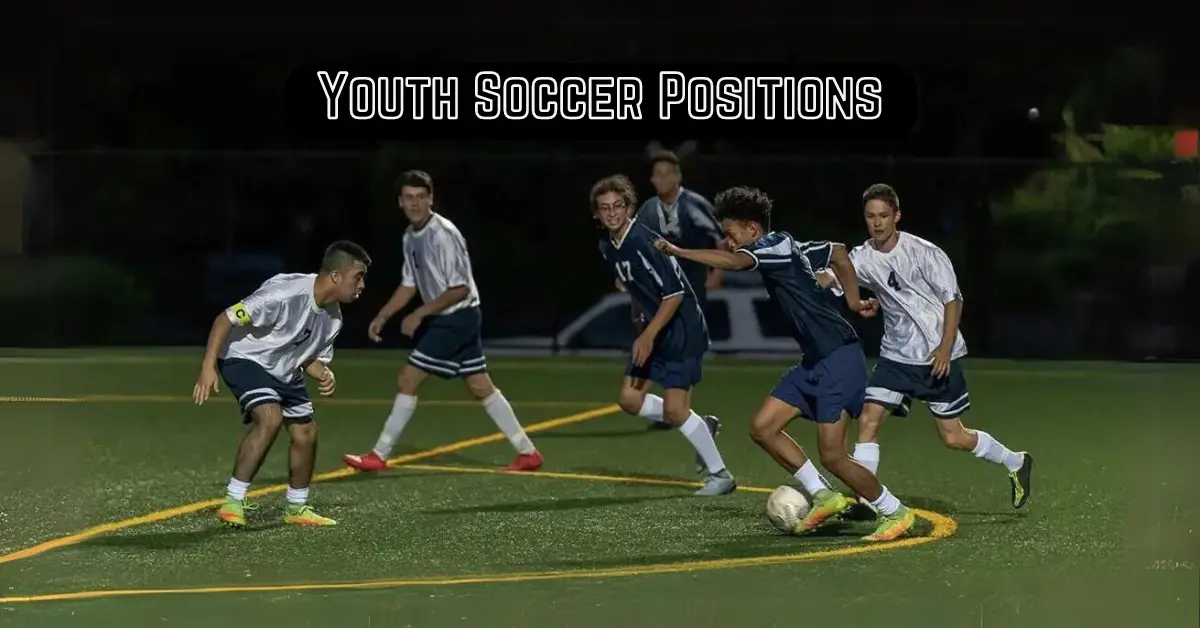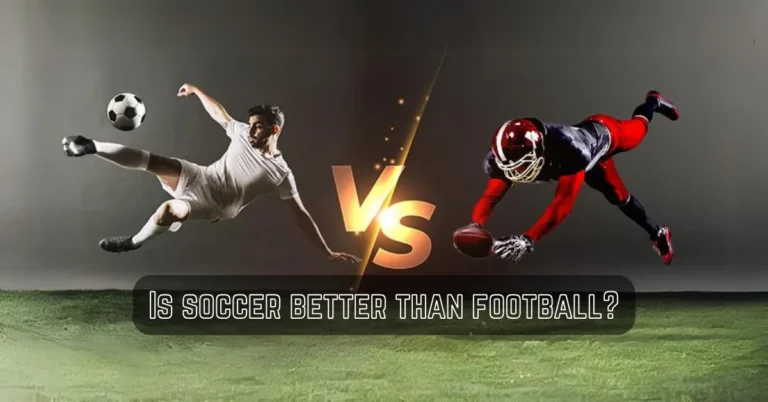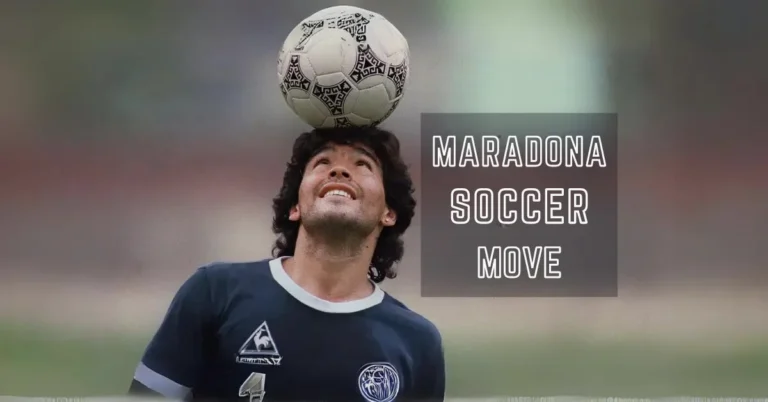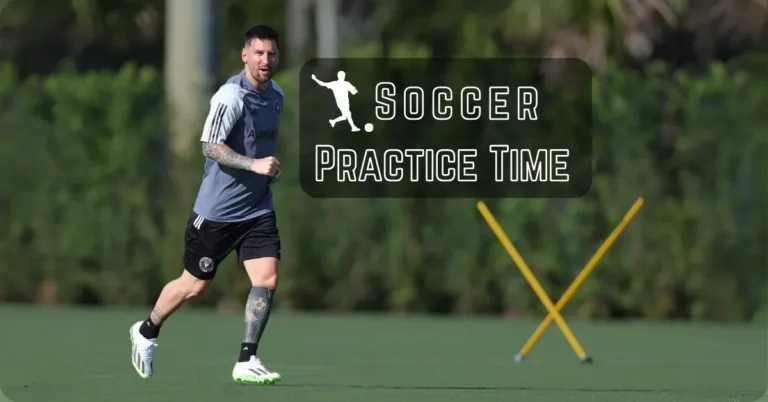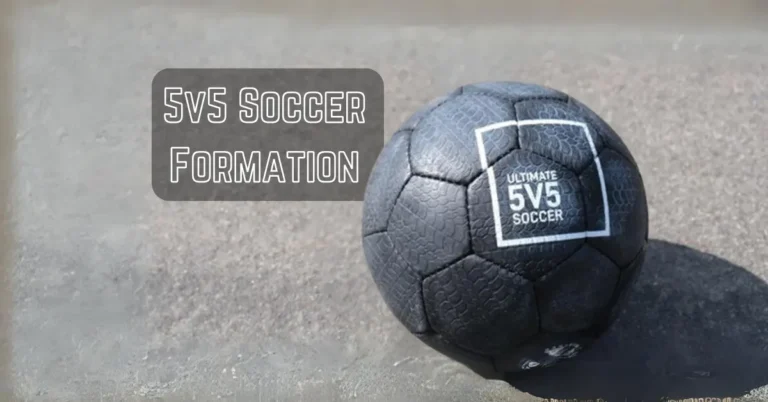Youth Soccer Positions – All Positions With Roles And Diagrams
In youth soccer, players and fans need to know the different positions on the field. These positions help organize the team’s strategy and also influence how individual players develop their skills. Various positions in youth soccer fall under different categories.
youth Soccer Positions diagram
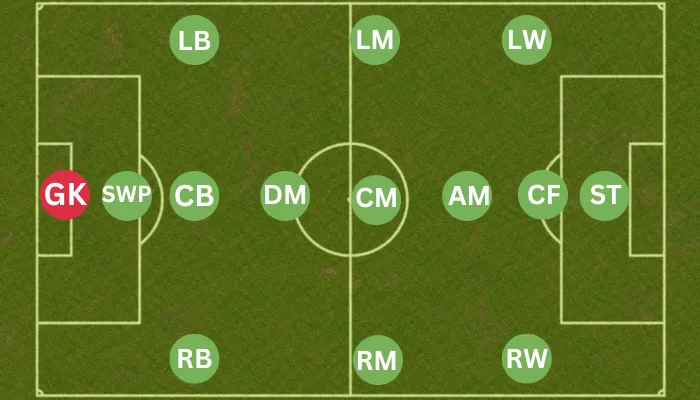
Usually, several roles in youth soccer can be divided into four main categories. The forward, defender, midfielder, and goalie. The tasks of each player vary depending on the position. The specific positions are Goalkeeper, Sweeper, Center back, Fullback, Defensive midfielder, Central midfielder, Attacking midfielder, Winger, and Striker. Let’s discuss each position separately.
All soccer Positions With their roles
Here are all the youth soccer positions and their roles. As we know, there are different positions in soccer. We will discuss all youth soccer positions.
GOALKEEPER
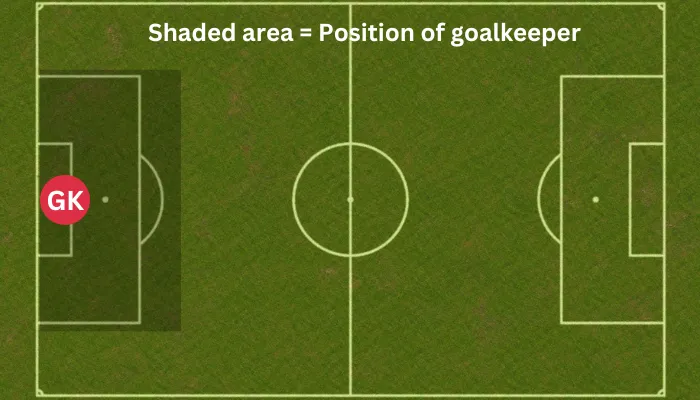
The goalkeeper, positioned between the goalposts, serves as the last line of defense for the team. Clad in distinctive attire, often gloves, and equipped with unique skills, the goalkeeper’s primary duty is to prevent the opposing team from scoring goals. In the heat of the game, the goalkeeper’s responsibilities extend far beyond merely stopping shots.
Defense
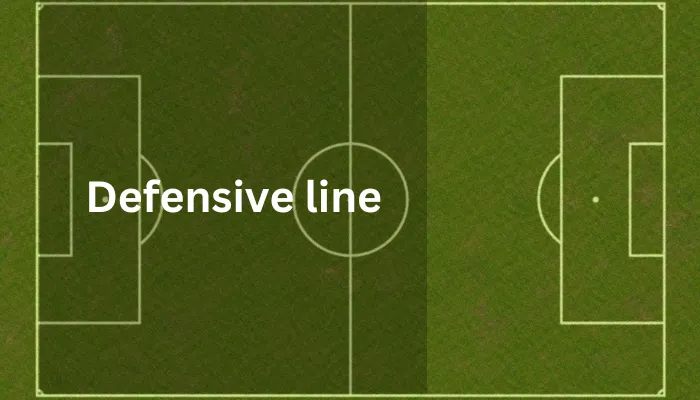
Defenders form the backbone of a soccer team, strategically positioned to thwart the opponent’s attacks. Whether as full-backs or center-backs, their primary focus is to prevent opposing players from penetrating the defensive line and protect the goalkeeper.
Position and role of outside back

Outside backs, commonly known as full-backs, play a dynamic role on the flanks of the soccer field. Positioned on the outer edges of the defensive line, they contribute both defensively and offensively. Outside backs are responsible for marking wingers and preventing crosses into the penalty area.
Position and role of central defender
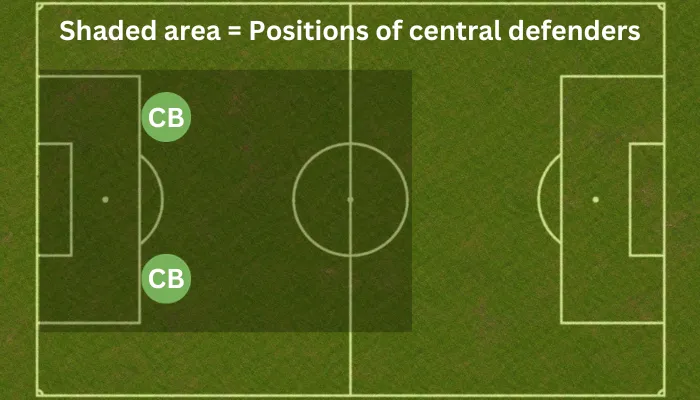
Central defenders, stationed at the core of the defensive line, serve as the team’s primary barrier against opposing attackers. Central defenders are tasked with intercepting passes, making timely tackles, and heading away aerial threats.
Position and role of defensive midfielder
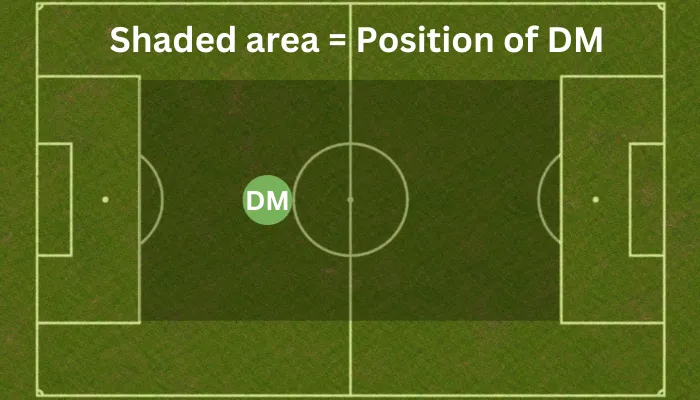
The Center Defensive Midfielder (CDM) assumes a crucial role in the team’s structure, positioned just in front of the defense and acting as a shield for the backline. The CDM is responsible for breaking up opponent attacks, winning possession through tackles, and distributing the ball efficiently.
position and role of sweeper
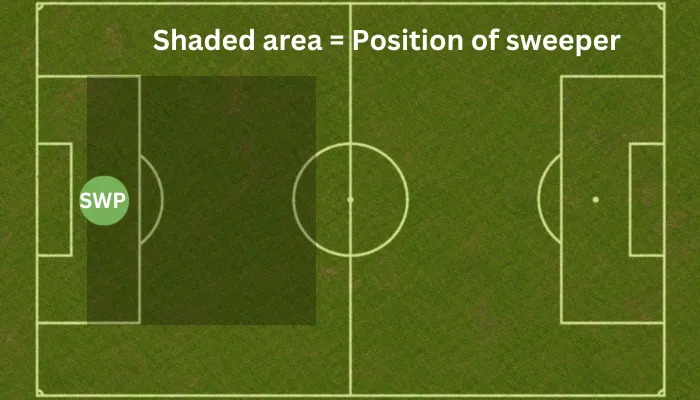
The Sweeper, positioned behind the defensive line, serves as the last line of defense and a strategic player capable of covering the entire width of the field. This position is less common in modern soccer but historically played a crucial role in certain defensive setups. The Sweeper’s responsibilities include clearing loose balls, intercepting through balls, and acting as a safety net for the defense.
See Also: U6 Soccer Drills
midfield
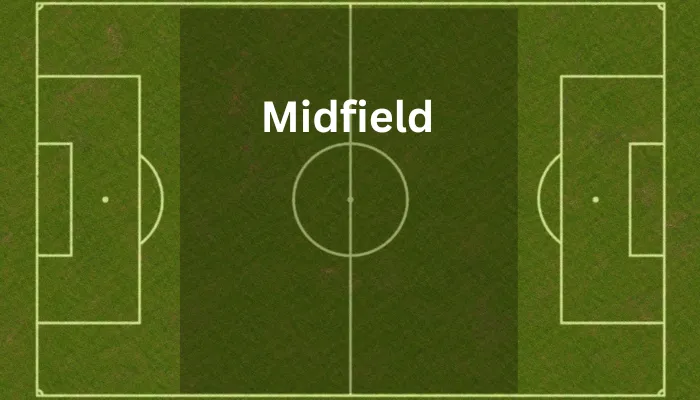
Midfielders hold a central role in soccer, operating in the middle of the pitch and connecting the defensive and attacking units. They contribute to both offensive build-up and defensive stability, making them integral to the team’s overall strategy. Midfielders are tasked with controlling possession, distributing the ball, and creating scoring opportunities.
Position and role of central midfielder
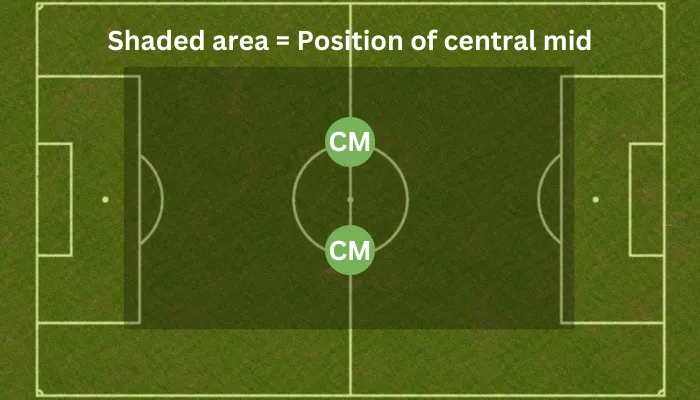
Central midfielders are the engine room of a soccer team, operating in the heart of the pitch. Positioned between the defensive and attacking thirds, they act as playmakers and ball distributors. Central midfielders are responsible for initiating attacks and breaking down opposition plays. They should have much stamina.
Position and role of right/left midfielder

The Right Midfielder (RM) and Left Midfielder (LM) positions are situated on the midfield flanks. These players contribute both defensively and offensively, utilizing their speed and skills to impact the game, and RM and LM are responsible for stretching the play, delivering accurate crosses, and tracking back to support the defense.
Position and role of attacking midfielder

The Attacking Midfielder (AM) operates in the central zone between the midfield and forward lines, acting as the creative spark for the team. The Attacking Midfielder is tasked with unlocking opposition defenses, providing key passes, and scoring goals.
See Also: How Much Rain Is Too Much For Soccer?
Forward
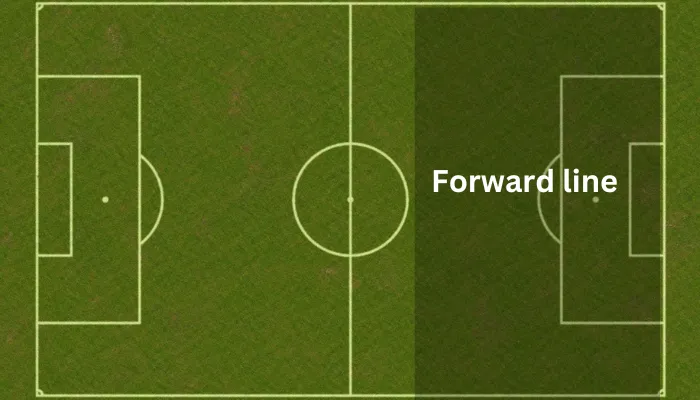
Forwards are the goal-scoring protagonists positioned at the forefront of the attack. Their primary objective is to convert scoring opportunities, applying pressure on the opposing defense. Forwards use their speed, agility, and goal-scoring instincts to breach the opposition’s defense.
Position and role of winger
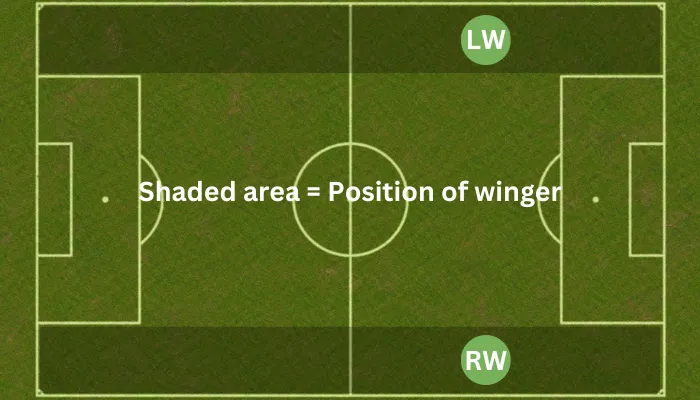
Wingers, positioned on the flanks of the forward line, bring flair and speed to the team’s attacking play. Their role involves hugging the touchline, beating defenders with dribbles, and delivering crosses into the penalty area. Wingers are key contributors to wide attacks, stretching the opposition’s defense and creating goal-scoring opportunities.
Position and role of center forward

The Center Forward (CF) is the attacking focal point, positioned centrally in the forward line. This player combines goal-scoring prowess with the ability to link play. The CF’s primary responsibility is to score goals, utilizing positioning, finishing skills, and aerial ability.
Position and role of striker
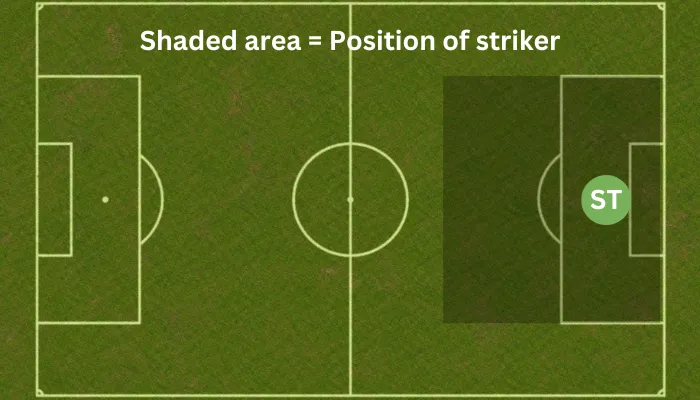
The Striker, positioned at the forefront of the attacking line, is the primary goal-scoring threat for the team. This player’s role involves exploiting goal-scoring opportunities, pressuring the opposing defense, and contributing to the team’s offensive cohesion. Strikers are tasked with converting chances into goals, using their finishing abilities, agility, and positioning.
See Also: Best Formations For 11v11 Soccer
FAQs
In a 7v7 soccer game, each team fields seven players, typically organized into a formation such as 2-3-1. This smaller-sided format encourages more touches on the ball, increased involvement, and strategic teamwork.
Youth soccer fields usually have smaller team sizes, commonly 7v7 or 9v9, depending on the age group. This is designed to promote skill development, player engagement, and a better understanding of the game.
In youth soccer, a striker is a forward player positioned near the opponent’s goal, responsible for scoring goals. They are often the primary attacking threat, utilizing speed, skill, and goal-scoring instincts.
Rule 7 in soccer refers to the regulations related to the duration of the game. It includes details about match periods, extra time, and the responsibilities of referees in managing the game’s timing.
Conclusion
Players and coaches must comprehend young soccer positions. It encourages comprehensive player development, allowing young players to develop varied skills and contribute to their team. Teamwork, communication, and versatility help players flourish in their positions and learn the beautiful game. As they advance in soccer, this foundation helps them become well-adapted, strategic players ready for the future.

